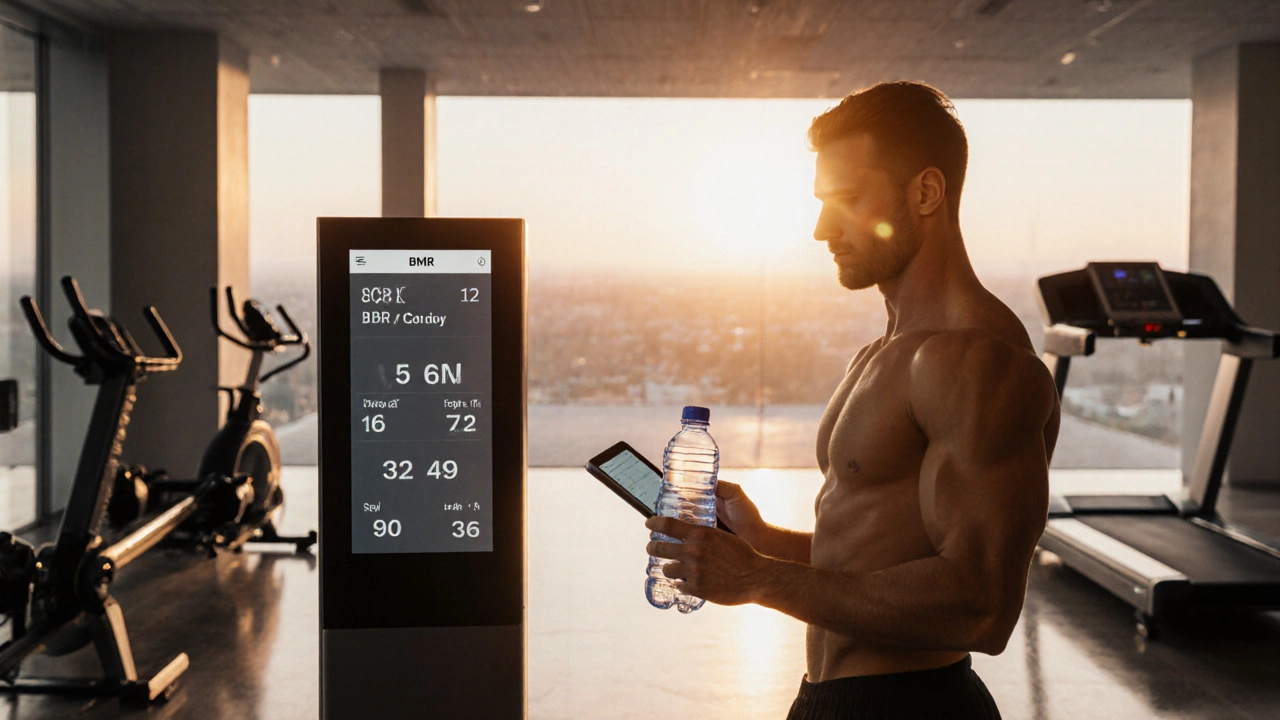
How to Burn 1000 Calories – Fast, Real‑World Tips
When tackling how to burn 1000 calories, the challenge is to move enough energy through your body to reach a thousand‑calorie deficit in a single session or day. Also known as the 1000‑calorie burn goal, it demands a mix of cardio intensity, muscle work, and smart eating. Below you’ll see why the right combo matters and how each piece fits together.
Key Strategies for a 1000‑Calorie Burn
One of the most reliable ways to reach that number is steady‑state cardio. Running, a full‑body aerobic activity that taps large muscle groups and can torch 600–800 calories per hour depending on speed and terrain often forms the backbone of the plan. If you prefer two wheels, Cycling, whether on a road bike or a stationary trainer, burns roughly 500–750 calories per hour at moderate to high effort. The simple predicate here is: burning 1000 calories encompasses long‑duration cardio. Pair a 60‑minute run with a 30‑minute bike ride and you’re already near the target, especially if you keep the effort in a zone that feels hard but sustainable.
High‑intensity interval training (HIIT) adds a punchy shortcut. HIIT workouts, short bursts of maximal effort followed by brief rests, can spike calorie expenditure to 15‑20 calories per minute and keep the afterburn running for hours. A 30‑minute HIIT session – think sprint intervals, burpees, kettlebell swings – can easily shave off 300–400 calories. The relationship is clear: HIIT requires brief, intense effort and amplifies post‑exercise oxygen consumption. Mix a HIIT block after your cardio, and you’ll push the total well above the 1000‑calorie line.
Don’t overlook strength training. Strength training, lifting weights or using bodyweight moves, builds muscle that burns more calories at rest and can burn 200–300 calories per hour during the session. Compound lifts like squats, deadlifts, and presses recruit multiple joints, raising the heart rate while sculpting lean tissue. The predicate here: strength training influences total calorie burn by boosting metabolic rate both during and after the workout. Adding a solid 45‑minute weight routine after cardio and HIIT locks in extra energy use and helps preserve muscle when you’re in a calorie deficit.
All that movement would fall flat without the right fuel. Nutrition, the balance of carbs, protein, and fats you eat before and after exercise, determines how efficiently your body can tap stored energy is a silent driver of the process. Eating a light, carb‑rich snack 30 minutes before a run gives your muscles quick glucose, while a protein‑packed meal after training supports recovery and keeps the metabolic fire burning. The link is simple: nutrition influences calorie burn by providing and replenishing energy stores. Skipping meals or over‑eating post‑workout can sabotage the 1000‑calorie target, so plan meals strategically around your sessions.
Putting these pieces together creates a practical blueprint. Start with a 45‑minute moderate‑pace run (about 500 calories), follow with a 20‑minute HIIT circuit (≈250 calories), then hit a 30‑minute strength circuit (≈200 calories). Add a 10‑minute cool‑down bike ride (≈50 calories) and you’ve reached the burn 1000 calories mark. Adjust the durations based on your fitness level – beginners can trim each block by 10‑15 minutes and still hit close to the goal with higher intensity. The key is to keep the workout varied so fatigue doesn’t stall you, and to stay hydrated throughout.
Beyond a single session, you can spread the effort across a day. Two 30‑minute cardio slots, a 15‑minute HIIT burst during lunch, and a 20‑minute strength routine in the evening still sum to roughly 1000 calories burned, while giving your body recovery windows. This approach works well for busy professionals who can’t lock out a two‑hour block. It also reduces injury risk because you’re not over‑loading one muscle group for too long.
What you’ll see in the articles below is a deeper dive into each method. We break down running pacing, HIIT interval formulas, strength‑training splits, and nutrition timing. Whether you’re a seasoned athlete or just starting, the collection offers concrete plans, sample workouts, and easy‑to‑follow tips that let you hit the 1000‑calorie target with confidence. Dive in and pick the strategy that matches your schedule, gear, and fitness vibe.
